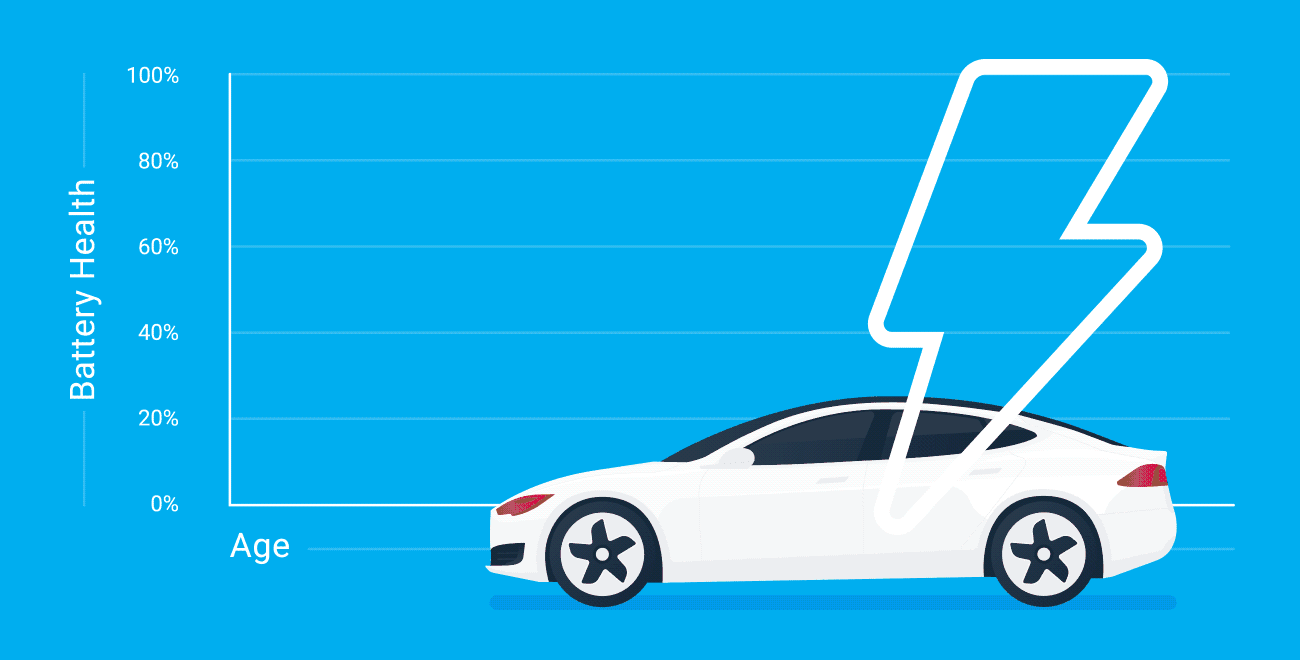Building a business case for adopting EVs and sustainable fleet strategies
A guide for outlining your plan to reduce your fleet’s operating costs and carbon emissions.
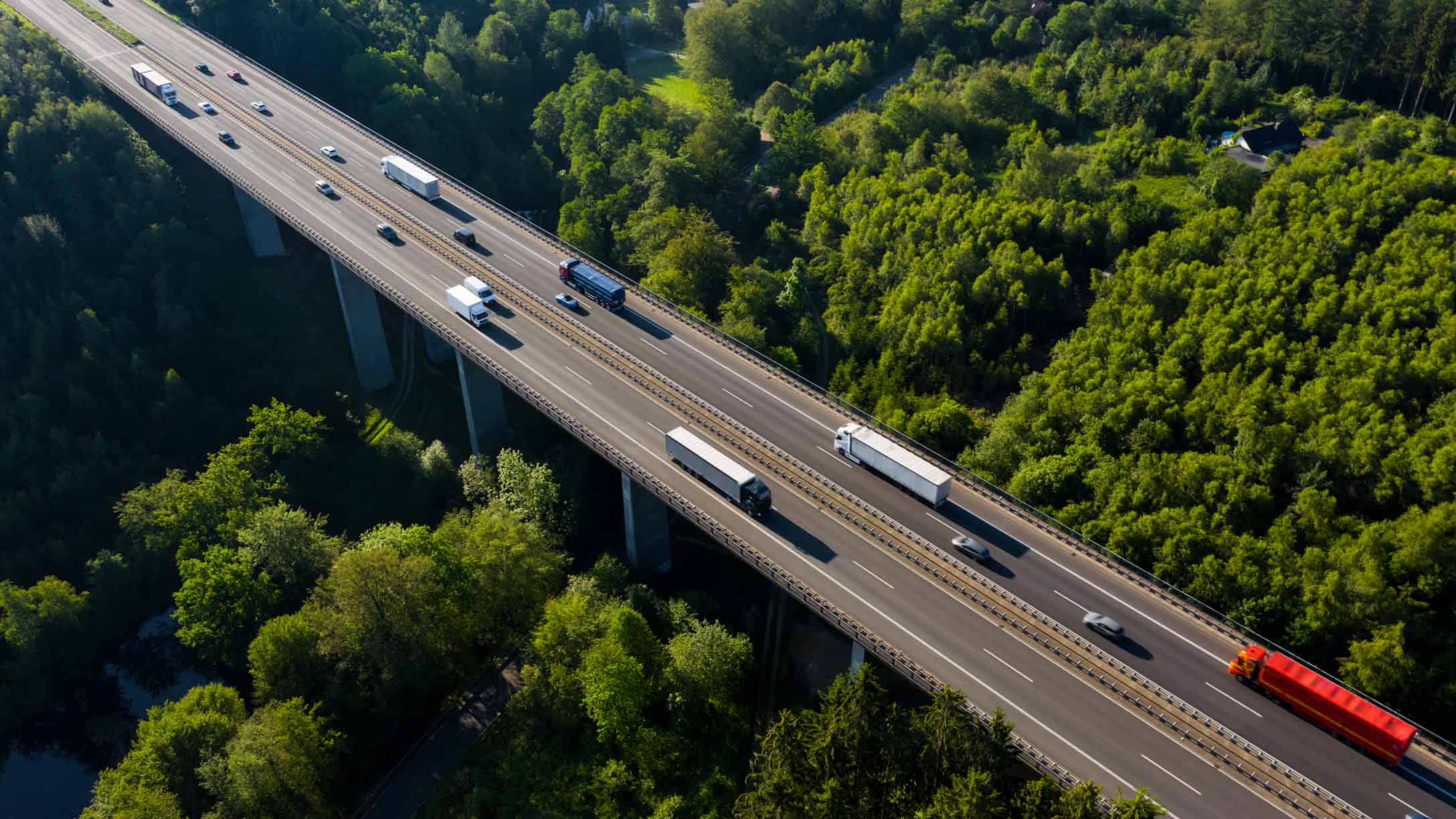
In 2019, Amazon co-founded the Climate Pledge — a commitment to become net-zero carbon by 2040. Since its inception, hundreds of businesses and organisations, including Geotab, have signed the pledge to do their part in creating a more sustainable future. Geotab is also committed to helping our customers reduce their carbon footprint by enabling them to adopt sustainable fleet strategies.
The first step for successfully implementing these strategies is to create a business case that lays out the costs and benefits associated with becoming more sustainable, as well as the specific tactics you will use to meet your carbon reduction goals.
We have created a workbook that will help you create your own business case in order to start adopting electric vehicles (EVs) and sustainable fleet strategies. It includes writing prompts and examples of fleets that have successfully implemented some of these strategies. Use this workbook to get started.
What are sustainable fleet strategies?
Before you can create a business case, you need to define what sustainable fleet strategies are and their desired outcome. In general, they can be broken down into two main objectives: reducing carbon emissions and improving operational efficiency. These goals are often intertwined and work together to make your fleet more sustainable.
For example, by transitioning a portion of your fleet to electric vehicles, you are simultaneously reducing vehicle exhaust emissions and fossil fuel usage while saving money, as EVs typically have a lower total cost of ownership (TCO).
It is important to note that fleet electrification is not the only way to create a more sustainable fleet. There are many practices that can be implemented with traditional internal combustion engine (ICE) vehicles.
A few sustainable fleet strategies to consider
There are different ways to approach becoming more sustainable, and finding the right strategies will depend on your fleet's specific situation. You should take into consideration factors such as applicable government mandates, available incentives and vehicle application. By using telematics data, you can benchmark your current fleet operations, allowing you to accurately measure the impact of any of these new strategies.
Idle reduction
Unnecessary idling is something every fleet should try to address. It wastes fuel, leading to overall lower fuel economy, and is an additional source of CO2 emissions. To reduce idling, you need to monitor it and train your drivers to avoid it when possible.
To address this, you need to understand how long your vehicles idle, the amount of fuel that is used when idling and its applicable financial cost. In MyGeotab there are a variety of reports you can run that will provide an in-depth look at the idling within your fleet. Additionally, Geotab's Green Fleet Dashboard allows you to compare your idling levels with those of similar fleets within the Geotab ecosystem.
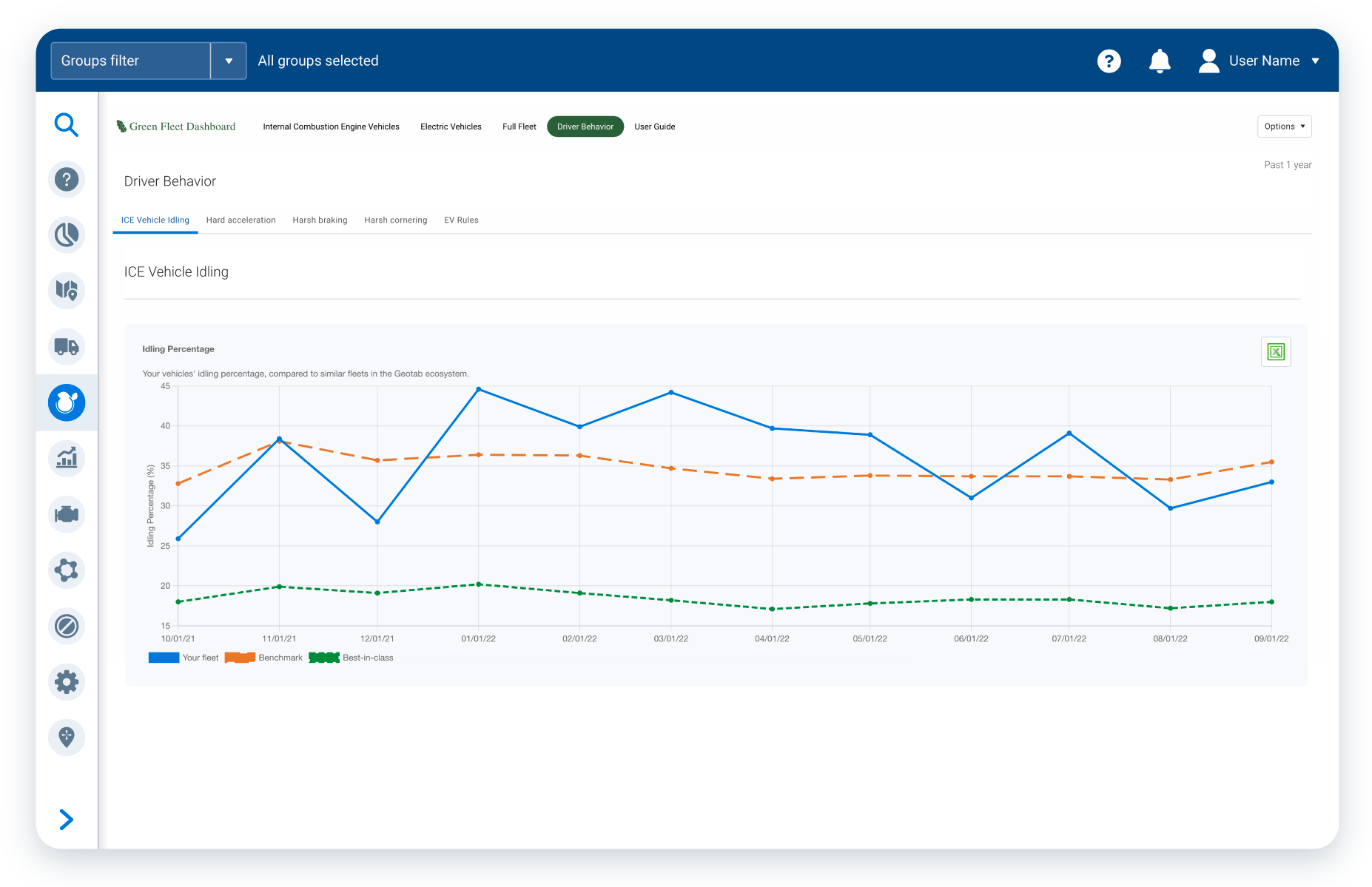
Route optimisation
You can reduce the amount of fuel you use, along with the emissions it generates, by always taking the most efficient route. By reviewing and creating your route plans you can ensure that your drivers complete their tasks in the most effective way.
There are numerous route planning and optimisation tools available, including industry-specific solutions.
Rightsizing your fleet
Rightsizing helps organisations optimise the use of their assets. It ensures that the fleet consists of the fewest and most efficient vehicles necessary to complete its daily tasks. By placing more efficient vehicles in high-use roles and limiting the use of less efficient vehicles, the fleet will operate with lower total emissions.
You can run different reports, which are powered by telematics, in order to get a more in-depth look at how your assets are being used. You can identify your most used and least used vehicles, as well as distance trends across your fleet. This data enables you to ensure that the least carbon intensive vehicles are used in the higher-use applications.
Fleet electrification
Electric vehicles will be a game changer for fleets. Battery electric vehicles (BEVs) produce zero exhaust emissions and typically have a lower TCO. This means that a fleet can improve its bottom line while becoming more sustainable.
Before you can start adding EVs, it is important to understand the vehicle's daily route, operating cost and vehicle dwell time. You can acquire this information by conducting an EV Suitability Assessment (EVSA), which uses your fleet's own driving data to determine where it makes sense to electrify. It provides vehicle recommendations based on the models available in your region, as well as the projected cost savings and avoided CO2 emissions.
Fleet electrification is a gradual process and requires some advanced planning to be successful. However, you can also double down on your sustainability efforts by applying some of the previously mentioned strategies to your new EVs, like route optimisation.
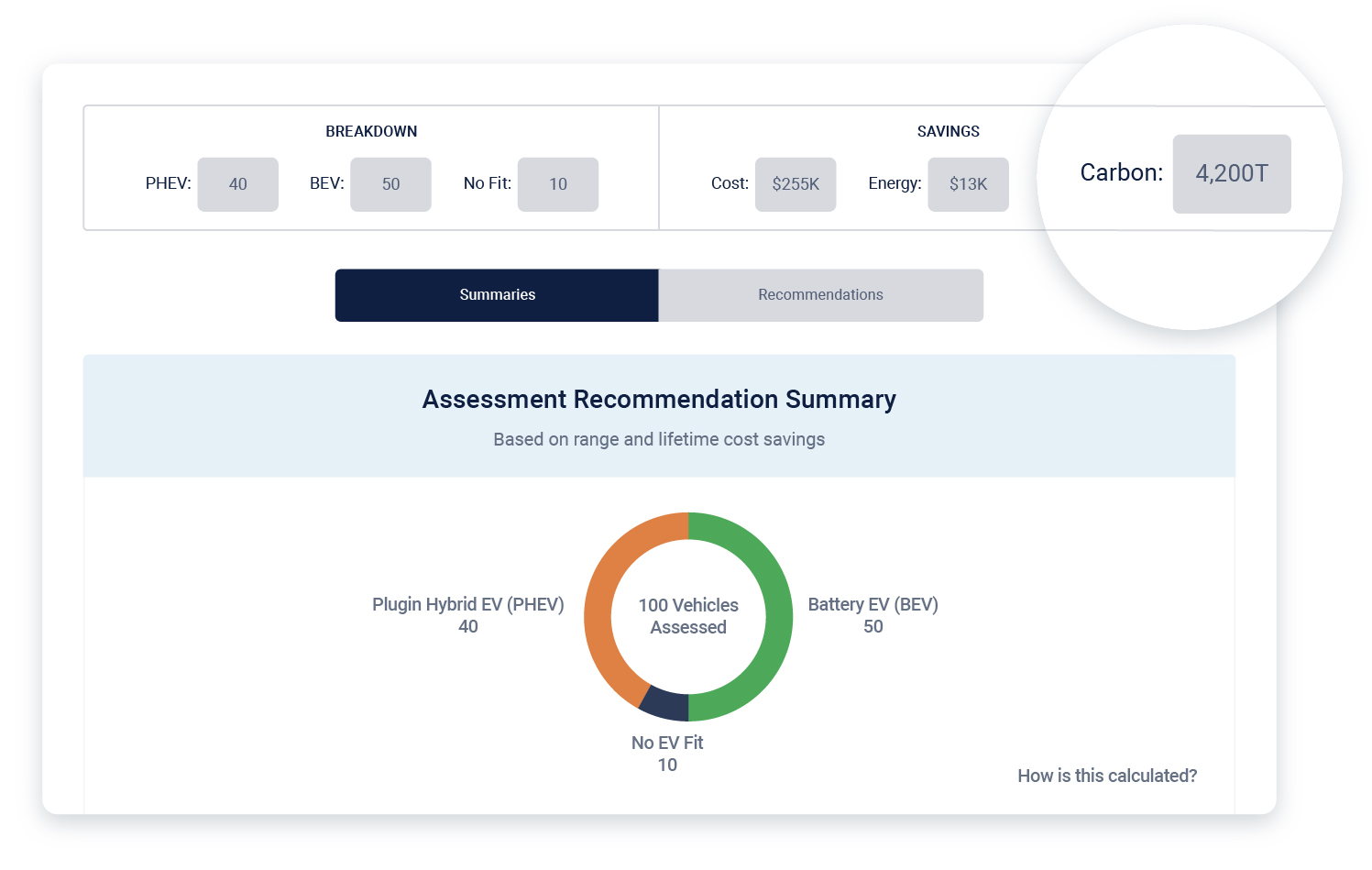
Why you should adopt sustainable fleet strategies
There are many reasons why an organisation should start adopting sustainable fleet strategies that go beyond reducing environmental impact. Some of the benefits are tangible — for example, you could save money by reducing fuel costs. Alternatively, some benefits are a bit more abstract. Many companies are using their sustainability efforts to improve their brand's position, as well as to attract and retain employees or investors.
Another way to look at this is by declaring the costs associated with not implementing these strategies. For example, non-compliance with government mandates could result in fines or a breach of contract. While it is usually better to list the positive reasons for becoming more sustainable, it is important to discuss the implications of not implementing them.
How to get started
Creating a sustainable fleet strategy may seem like a daunting task, especially if there are mandates approaching. However, with proper planning the process can be very rewarding.
Geotab is committed to helping our customers with their sustainability journey by revealing insights from real-world data to reduce carbon emissions and costs, while improving operational efficiency.
Download our Adopting Electric Vehicles and Sustainable Fleet Strategies workbook to get started.
The Geotab Team write about company news.
Related posts
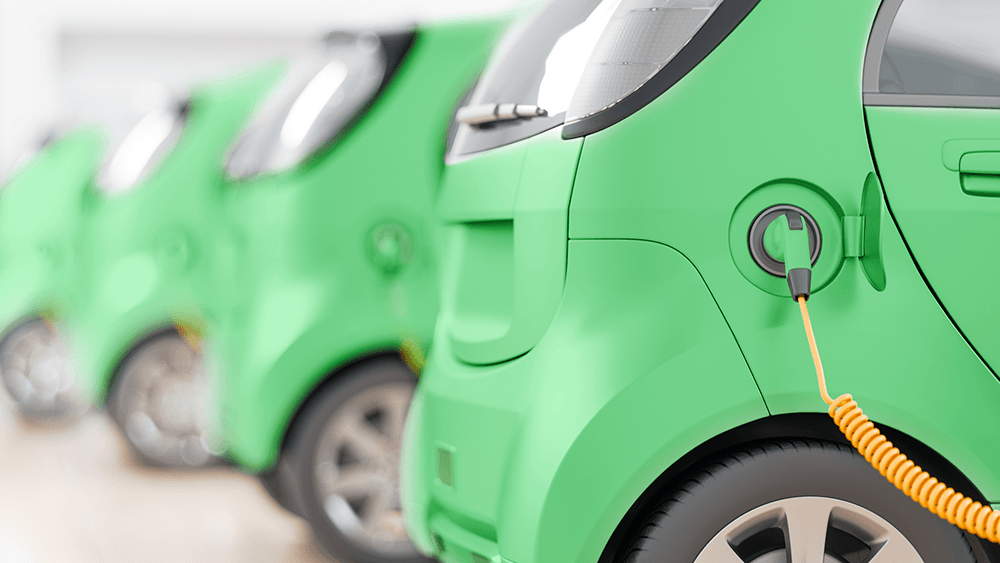
Electric vehicle sales double in Australia: here are three trends in EV adoption
September 8, 2024
2 minute read
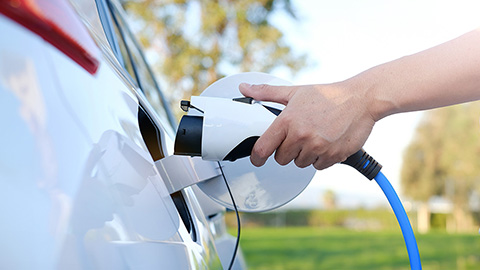
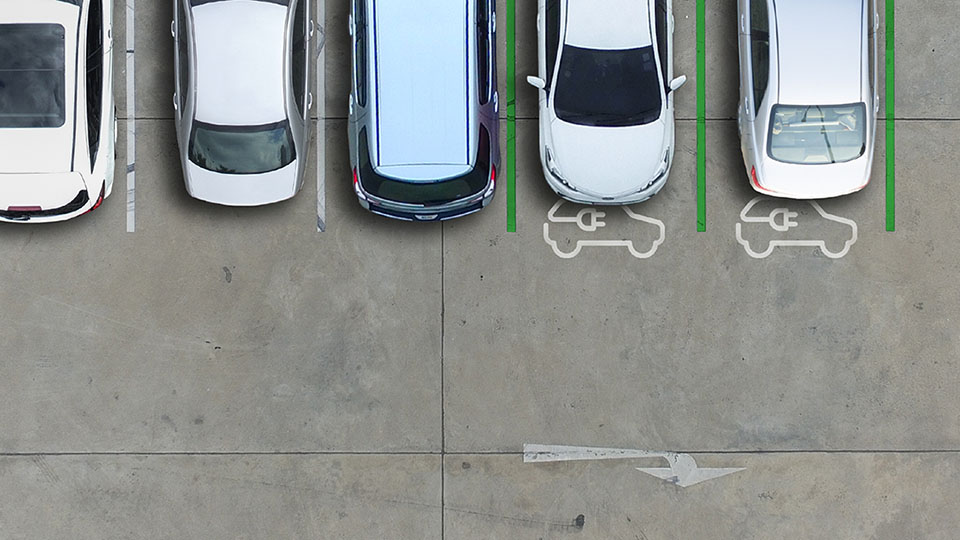
A successful electric fleet strategy starts with optimising fleet operations
September 5, 2023
4 minute read

Creating an EV adoption strategy and the next stages of fleet electrification
June 23, 2023
3 minute read

The importance of creating a sustainable future with telematics
May 18, 2022
4 minute read

